Termite Drywall Damage: Identifying & Repairing | Expert Guide
Termite drywall damage poses a significant threat to the integrity of homes. I have observed that many homeowners underestimate the impact of termites on drywall, which can lead to costly repairs. Termites can silently eat through drywall, compromising its structural support and aesthetic appeal. Identifying the signs of infestation early is crucial for effective management.
In my experience, recognizing the warning signs can save time and resources. These might include soft or crumbling drywall, visible termite trails, or small holes in the surface. Understanding how to address termite drywall damage is essential for maintaining property value and safety. This post will provide prevention strategies, repair methods, and expert recommendations to combat this pervasive issue effectively.
Key Takeaways
- Understand the different types of termite wall damage to better assess your home’s risk and take preventive measures.
- Regularly inspect your walls for signs of termite damage, such as small holes or buckling, to catch infestations early.
- Look for specific indicators in drywall, like dark spots or a hollow sound when tapping, which could signify serious damage due to termite infestation.
- If you discover termite damage, act quickly by consulting a professional for effective repair strategies to prevent further issues.
- Consider applying preventative treatments to your drywall to minimize the chances of future termite infestations.
- Stay informed about local pest control services that specialize in termite management to protect your home effectively.
Types of Termite Wall Damage

Subterranean Termite Effects
Subterranean termites create underground tunnels that can lead to significant wall damage. These pests live in colonies beneath the soil. They travel through these tunnels to access wood in structures above ground. Their activity can severely impact the structural integrity of homes, including the wall.
I once encountered a situation where subterranean termites compromised a home’s foundation. The owners noticed sagging floors and cracks in the walls. This damage is often mistaken for water damage, making it tricky to identify. Homeowners should stay vigilant for signs of these pests.
Drywood Termite Characteristics
Drywood termites have unique feeding habits. They prefer studded walls and wooden furniture. Unlike subterranean termites, they do not need contact with soil. This allows them to infest various areas within a home.
Mazes created by drywood termites serve as key indicators of infestation. These intricate tunnels can weaken wooden structures over time. I remember inspecting a friend’s house that had extensive drywood termite damage. The mazes were clearly visible inside the walls, revealing the extent of their feeding.
Visual Signs of Damage
Homeowners should observe small pinholes in drywall or wallpaper. These pinholes in the wall are a primary visual sign of termite activity. Faint lines on walls may indicate tunneling behavior from termites as well.
Jammed doors and windows are another common issue resulting from structural damage caused by termites. I have seen this firsthand when helping friends move into an older home. They struggled with doors that wouldn’t close properly due to hidden termite damage in the framing.
Regular inspections can help catch these issues early. Homeowners should look for signs both inside and outside their homes. Early detection is crucial for effective treatment and prevention.
Identifying Termite Damage
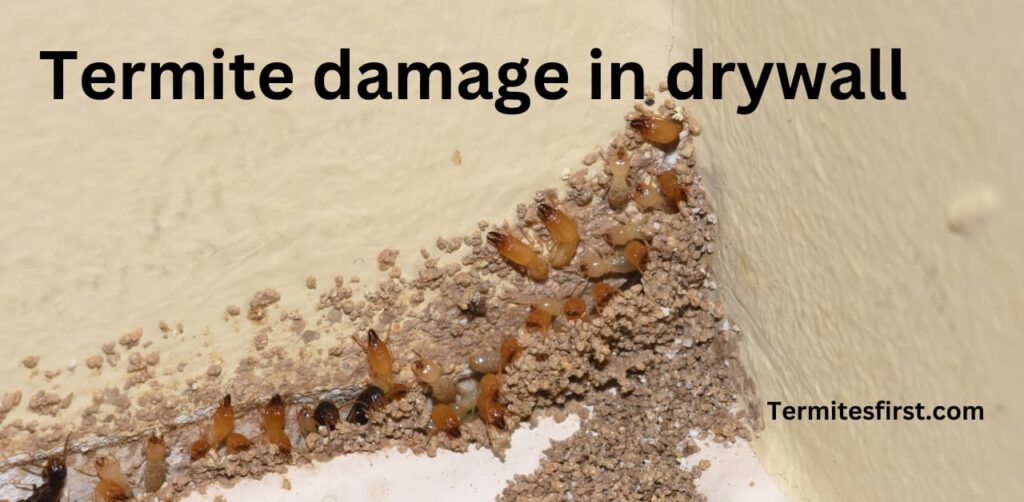
Recognizing Hollow Sounds
Tap on wall surfaces to identify hollow sounds that suggest potential termite damage. A solid wall should produce a firm sound when tapped. If the sound is hollow, it may indicate compromised wood integrity due to termites. I once learned this technique during a home inspection. It helped me detect an infestation before it became severe.
Regularly inspecting walls for signs of termite damage is essential for early detection of infestations. This proactive approach not only aids in prompt recognition but also helps in minimizing repair expenses in the future.
Spotting Mud Tubes
Search for mud tubes on walls as a clear sign of subterranean termite presence. These tubes are typically pencil-sized and made from soil and wood particles. They serve as protective pathways for termites traveling between soil and wood. I remember finding mud tubes in my friend’s basement, which led to immediate action against a termite problem.
Inspect both interior and exterior walls for mud tubes to assess potential infestation. Pay close attention to areas near the foundation and any wooden structures. Noticing these signs early can prevent major termite damage in the future.
Comparing Water and Termite Damage
Distinguish between water damage and termite damage by examining patterns and textures. Water damage often leads to discoloration or warping of drywall, while termite damage creates unique patterns like tunnels or holes. Analyze the differences in appearance, such as the presence of mud tubes versus water stains.
Termite damage often leads to structural issues that water damage may not cause. For example, I once had to replace a section of drywall due to severe termite infestations that had weakened the support beams behind it. Understanding these distinctions helps homeowners take appropriate action.
Regular inspections can help catch both water and termite damage early. Homeowners should schedule periodic termite inspections with professionals. This proactive approach reduces the risk of severe infestations in the future.
Signs of Damage in Drywall
Common Indicators to Watch
Stay alert for unusual patterns on walls. These may signal termite activity. Look for bubbles or blisters in the paint. Crumbling wood is another key sign. Hollow-sounding sections can indicate damage inside the drywall.
I remember noticing a small bulge on my wall. It looked harmless at first, but it turned out to be a warning sign. Document any changes in door or window functionality. If they stick or don’t close properly, termites might be at work beneath the surface.
Differences from Other Damages
Termite damage differs significantly from other types of damage. Mold often leaves a musty smell and dark spots. Rot usually causes soft, spongy wood that feels weak. Recognizing these unique characteristics is essential for accurate identification.
Termite damage often involves specific signs like pinholes and tunneling. Unlike mold or rot, termites create visible pathways as they feed on wood. Rapid deterioration occurs with infestations, while wear from other sources is more gradual. For instance, I once had to choose between replacing drywall due to mold or addressing termite damage. Understanding these differences helped me make an informed decision.
Inspecting Wall Surfaces
Conduct thorough inspections of wall surfaces for signs of termite activity. Look for holes and discoloration that could indicate feeding areas. Utilize tools like flashlights to illuminate hard-to-see areas during inspections.
Pay special attention to corners and edges of walls where termites are likely to enter. Inspect around baseboards and windowsills too. I find that using a small mirror can help reveal hidden spots behind furniture. This method has proven effective in my own home inspections.
Repairing Termite-Damaged Drywall
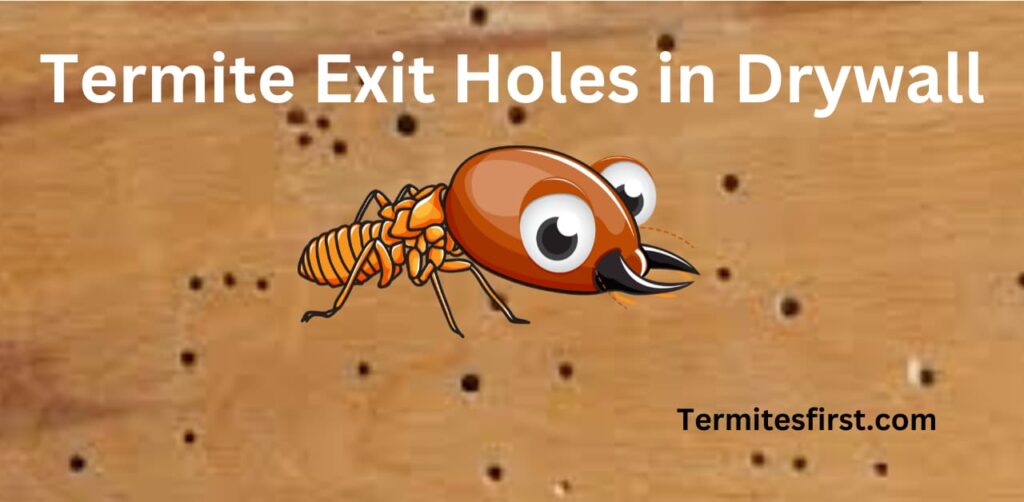
Assessing the Extent of Damage
Evaluating the severity of termite damage is crucial. Check multiple areas of the home, not just visible spots. I often find that termites can hide in places that are hard to see. They can cause significant destruction behind walls and under floors.
Determine if structural components, like studs and beams, have been compromised by infestation. This assessment helps in understanding how extensive the damage is. Consulting a professional for a comprehensive evaluation may be beneficial. Experts can identify hidden issues that homeowners might overlook.
Essential Repair Steps
Immediate repairs to affected areas should be a priority. Delaying repairs can lead to further damage from termites. Replace damaged drywall and wood components to restore structural integrity. I remember when I had to replace sections of drywall due to termite infestations; it was vital to act quickly.
Seal entry points where termites may enter and apply treatments to prevent future infestations after repairs. Using specific insecticides or natural deterrents can help safeguard your home. Ensuring that these steps are followed will provide peace of mind and protect against recurring issues.
Restoring Affected Areas
Planning restoration efforts involves choosing appropriate materials that resist termite damage. Using treated wood or synthetic alternatives can enhance durability. I always suggest considering materials with built-in pest resistance for long-term benefits.
Repainting or refinishing repaired areas is also essential. This step helps match the surrounding surfaces for a seamless look. A well-done restoration not only improves aesthetics but also maintains property value. Implement preventive measures post-restoration to ensure long-term protection against termites. Regular inspections and maintenance can make a significant difference.
Conclusion:- “Termite Drywall Damage”
I have explored various aspects of termite drywall damage, from identifying the types and signs to understanding repair methods. Knowledge is crucial in addressing this issue effectively. Recognizing the early signs can prevent extensive damage and costly repairs.
Taking proactive measures is essential. Regular inspections and prompt action can safeguard your property from termites. I encourage homeowners to stay vigilant and seek professional help if they suspect termite activity. Protecting your home is paramount. Act now to ensure a safe and secure living environment.
Related:- Earwig vs Termite: 10 Points of Separation
FAQs:-
Termite wall damage primarily includes structural damage, which affects the integrity of the wall, and cosmetic damage, which impacts the appearance. Subterranean termites often cause more severe structural issues compared to drywood termites.
Identifying termite damage involves inspecting for hollow-sounding areas, sagging drywall, or visible tunnels. Small holes may indicate entry points where termites have infested the structure.
Common signs of termite damage in drywall include discoloration, buckling, and peeling paint. Presence of frass (termite droppings) near the affected area is also a strong indicator of infestation.
Repairing termite-damaged drywall can be straightforward if the damage is minor. However, extensive damage may require professional assessment and repair to ensure structural integrity and prevent future infestations.
Preventing termite infestations involves maintaining proper drainage around the foundation, sealing cracks and crevices, and reducing moisture levels. Regular inspections can also help detect early signs of infestation.
Not all termite-damaged drywall needs replacement. Minor damages can often be repaired with patching compounds. However, severely compromised sections should be replaced to ensure safety and stability.
A professional should be consulted when there is significant structural damage, difficulty identifying the extent of infestation, or if repairs exceed personal expertise. Early intervention can prevent further complications.

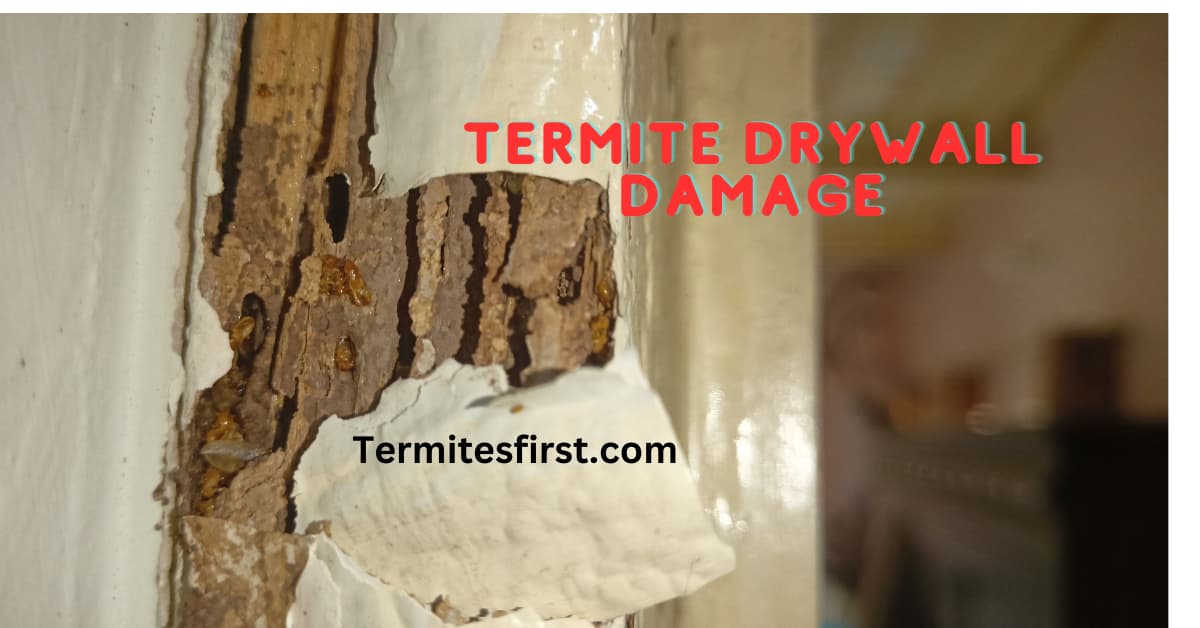
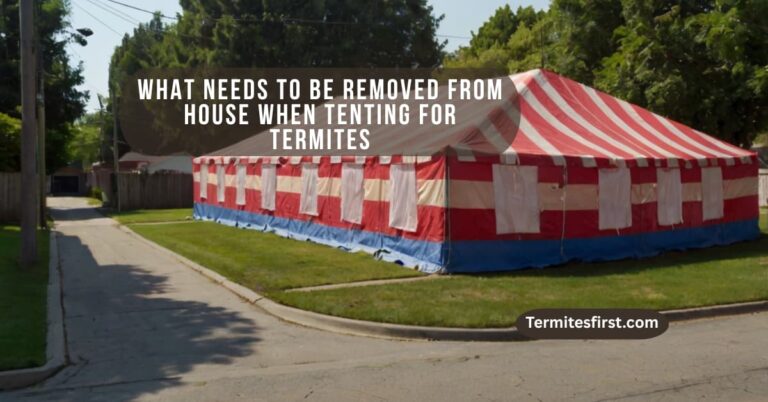
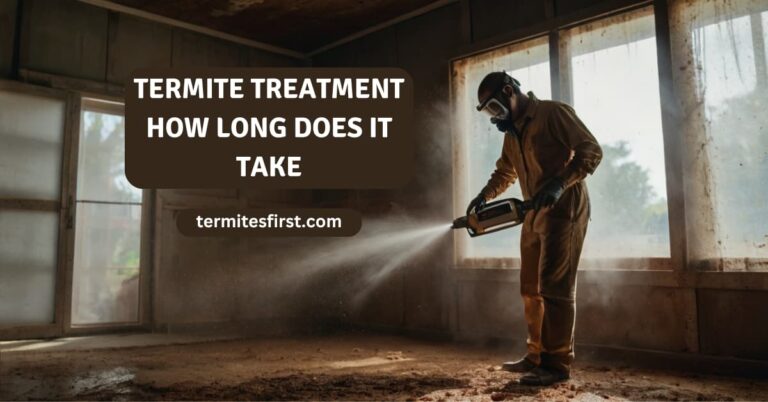

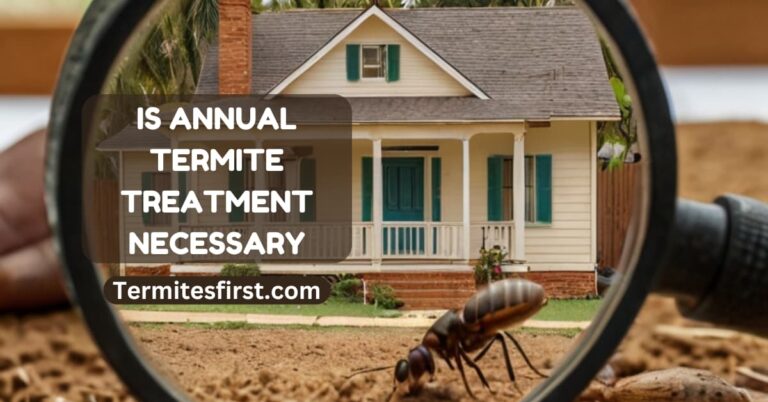


8 Comments